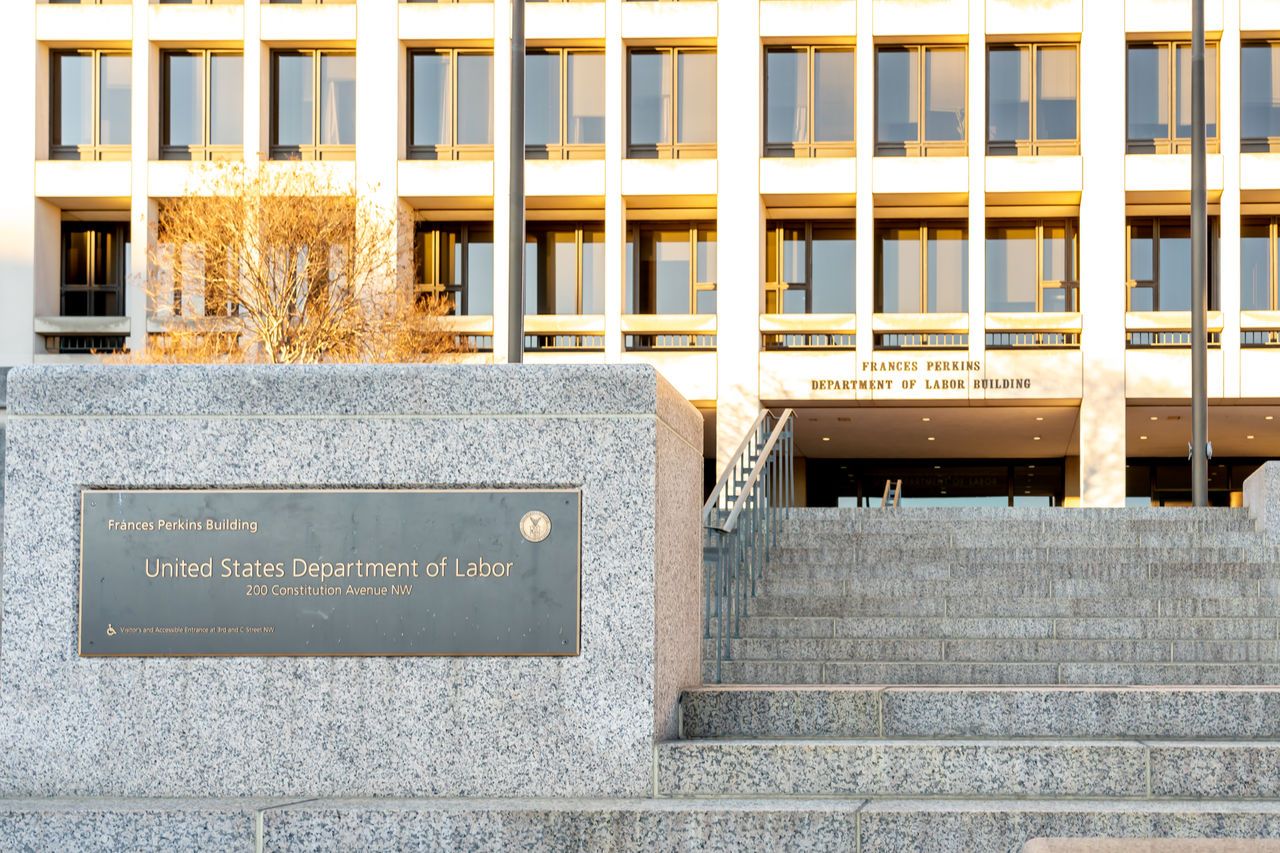The U.S. Department of Labor (DOL) has published its proposed standard for heat injury and illness prevention in outdoor and indoor work settings, setting Dec. 30 as the due date for public comments. The DOL’s Occupational Safety and Health Administration unveiled a draft proposal July 2 but only recently issued the proposed rule, which is now open for public comment upon its publication Aug. 30 in the Federal Register. We’ve gathered articles on the news from SHRM and other outlets.
Acclimatization Would Be Required
The proposed standard would establish requirements to protect new and returning employees who are not acclimatized to heat. These acclimatization provisions would be for new employees and employees who have been away from work for more than 14 days.
The rule also includes requirements at an initial heat trigger (heat index of at least 80 degrees Fahrenheit) and high heat trigger (heat index of at least 90 degrees Fahrenheit). Employers would have to develop and implement a written heat injury and illness prevention plan if they have more than 10 employees.
(Federal Register and SHRM)
Wide Range of Sectors Affected
The proposed standard would apply to a range of sectors—such as construction and agriculture—that have both indoor and outdoor work areas. The nationwide plan would require employers to implement a heat emergency response and planning procedure, as well as heat trigger requirements. Some of those mandates are specific to work areas and include providing employees with drinking water or break areas for outdoor worksites.
California’s Indoor Heat Standard Now Applies
California’s indoor heat protections went into effect in July and apply to most indoor workplaces.
When the temperature reaches 82 degrees Fahrenheit in indoor workplaces in California, employers must take steps to protect workers from heat illness. Some of the requirements include providing water, rest, cooldown areas, and training.
Additional requirements, where feasible, apply when the temperature reaches 87 degrees, such as cooling down the work area, implementing work-rest schedules, and providing personal heat-protective equipment. When workers wear clothing that restricts heat removal or work in high-radiant-heat areas, those additional requirements apply at 82 degrees.
California in 2006 became the first state to establish permanent heat protections for outdoor workers. Four other states now have heat injury and illness prevention regulations to protect employees exposed to heat hazards in the workplace: Colorado, Minnesota, Oregon, and Washington.
An organization run by AI is not a futuristic concept. Such technology is already a part of many workplaces and will continue to shape the labor market and HR. Here's how employers and employees can successfully manage generative AI and other AI-powered systems.




